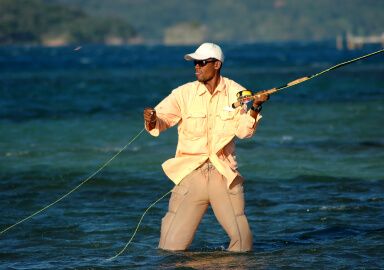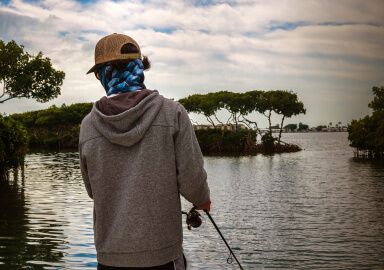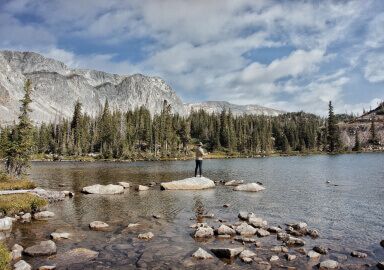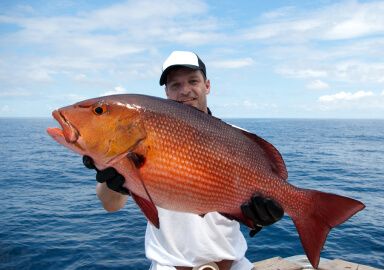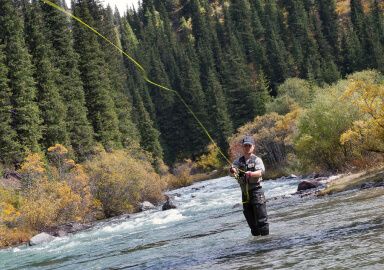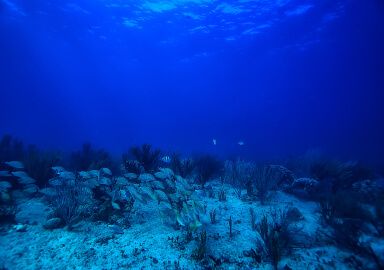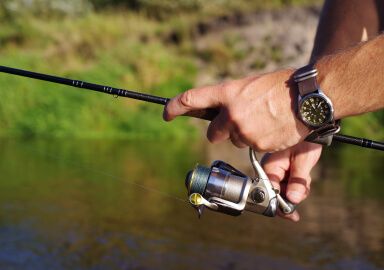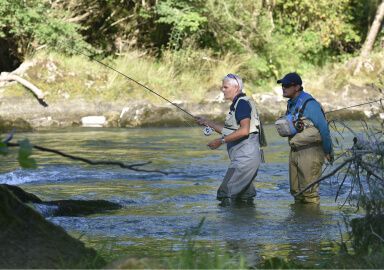Fishing in Corozal District
Peaceful waters, plentiful flats, and light angling pressure - Corozal District is Belize’s northern secret for exceptional reef and flats fishing away from the crowds.
View 3 listings
3
listings
–
price starting from
8
fish species
About Corozal District
Tucked into the northernmost corner of Belize, bordering Mexico’s Yucatán Peninsula, Corozal District is often overshadowed by its more famous southern neighbors like San Pedro or Placencia. But for those seeking a quiet, authentic, and rewarding fishing experience, Corozal delivers in spades. With calm Caribbean waters, proximity to Belize’s barrier reefs system, and a vast expanse of shallow flats and coastal lagoons, the region is a paradise for anglers who prefer peace and productive waters over tourism hustle.
The main town of Corozal, located on Corozal Bay, is a low-key coastal hub, offering easy access to Chetumal Bay, Sarteneja, Shipstern Lagoon, and Four Mile Lagoon. It has become popular among downshifters and retired persons from the USA and Europe. The pull-factors include nice tropical climate, affordable living, a combination of conveniently accessible shopping and night life in nearby Mexican towns with a laid-back Caribbean wine in Corozal - and, of course, fishing. Unlike the bustling dive hubs further south, Corozal remains largely undeveloped in terms of mass tourism, which means less fishing pressure, lower prices, and a more personal, community-oriented experience on the water.
Fishing Types
Fishing in Corozal is predominantly inshore and flats-based, with a focus on light tackle and fly fishing in shallow waters. The coastline is lined with lagoons, mangroves, mudflats, and estuaries, which support diverse species and provide excellent sight-fishing conditions.
Guided trips often explore the expansive flats near Sarteneja, Four Mile Lagoon, and the outer edges of Corozal Bay, while others venture to nearby reef structures for snapper and barracuda. Although offshore deep-sea fishing is less prominent here than in central and southern Belize, reef and nearshore trips can still yield plenty of action. Anglers based in Corozal can also organize day trips across the bay or even overland into the New River and lagoon systems.
Targeted Fish Species
Corozal is a haven for flats fishing species. The star attractions are bonefish , permit, and tarpon, making this a prime destination for anglers chasing a Belizean grand slam. These fish are present year-round, but the dry season (February to June) typically offers the clearest water and best sight-fishing conditions.
In addition to the Big Three, anglers can expect to catch snook, jack crevalle, ladyfish, and barracuda, particularly around mangrove edges and in slightly deeper channels. Light tackle enthusiasts will enjoy abundant action from snapper, grunts, and small groupers near rocky or reef-like structures, while lagoon fishing offers a chance at mangrove snapper, tilapia, and even the occasional catfish in freshwater-influenced zones.
Fishing Techniques
Fly fishing is the technique of choice for bonefish, permit, and juvenile tarpon on the flats, using 7–9 weight rods, floating lines, and shrimp or crab patterns. Calm morning hours and incoming tides usually offer the best chances for sight-casting.
Light spinning gear is highly effective for mixed species, using jigs, soft plastics, and topwater plugs in both saltwater and brackish zones. Anglers can use live bait or cut bait on bottom rigs to target snook and snapper in mangrove-lined lagoons. Some locals still practice handline fishing from piers, a fun and traditional way to join in.
Listing Types
You Might Also Like
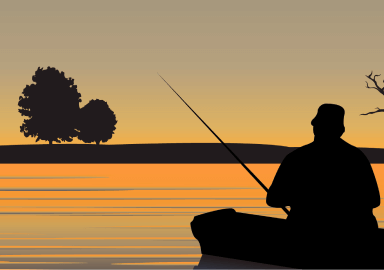 Stann Creek District
1 offer
Stann Creek District
1 offer
 Bay Islands Department
2 offers
Bay Islands Department
2 offers
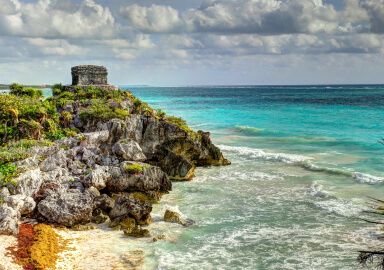 Quintana Roo
20 offers
Quintana Roo
20 offers
 Región Autónoma de la Costa Caribe Sur
1 offer
Región Autónoma de la Costa Caribe Sur
1 offer
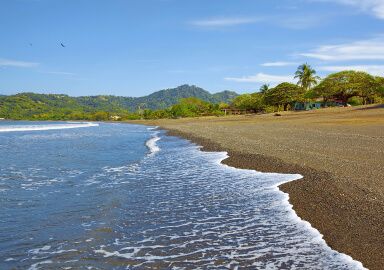 Guanacaste Province
7 offers
Guanacaste Province
7 offers
 Provincia de Guanacaste
2 offers
Provincia de Guanacaste
2 offers
 Alajuela Province
1 offer
Alajuela Province
1 offer
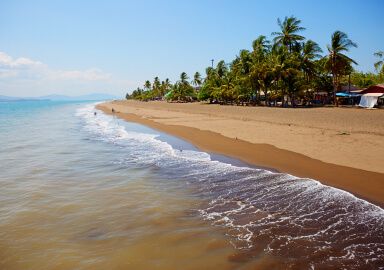 Puntarenas Province
3 offers
Puntarenas Province
3 offers
 St. James Parish
4 offers
St. James Parish
4 offers
 Provincia de Puntarenas
3 offers
Provincia de Puntarenas
3 offers
